Search
96013 EFFECT OF MICROSTRUCTURE AND CR CONTENT IN STEEL ON CO2 CORROSION
Also Purchased
96004 ROLE OF CONDUCTIVE CORROSION PRODUCTS ON THE PROTECTIVENESS OF CORROSION LAYERS
Product Number:
51300-96004-SG
ISBN:
96004 1996 CP
$20.00
96006 THE FORMATION OF PROTECTIVE FeCO3 CORROSION PRODUCT LAYERS IN CO2 CORROSION
Product Number:
51300-96006-SG
ISBN:
96006 1996 CP
$20.00
02041 CORROSION RESISTANCE OF LOW Cr BEARING STEEL IN SWEET AND SOUR ENVIRONMENTS
Product Number:
51300-02041-SG
ISBN:
02041 2002 CP
Publication Date:
2002
$20.00




